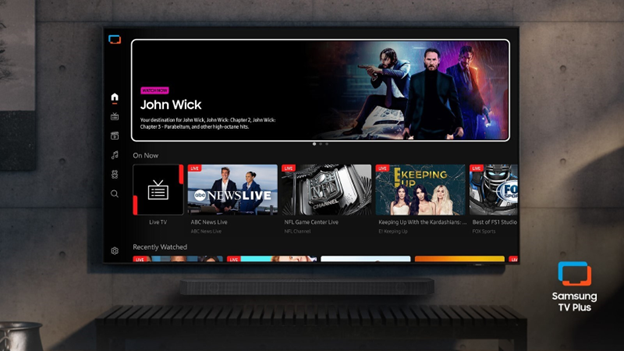
Back in the early 1980s when I started my career, I worked for a publisher who was fond of telling potential advertisers that it didn’t make sense to carpet the same room twice.
His point: all things being equal, buying ads in two or more magazines targeting the same audience was wasteful. In many ways, his argument was logical.
But that’s not always the case. Often, multiple layers actually come in handy. Just ask anyone who works outside for a living, a skydiver or even an astronaut. In certain situations, having multiple, redundant layers can mean the difference between pain and comfort or even life and death.
Or ask Dan Gitro, an amateur radio operator in Mooresville, North Carolina. For his article “How old tech is being used to remotely help in wake of Helene,” QCNews.com reporter Stewart Pittman asked Gitro why ham radio is important in today’s modern world of communications.
“The key difference is technology fails, and we have seen that in this situation,” Pittman quotes Gitro as saying about the role of amateur radio.
Gitro and fellow ham radio operators stepped up in a big way in the aftermath of Hurricanes Helene and Milton, relaying vital information and messages to loved ones from family members in areas stripped of cell service.
Even as Elon Musk was preparing to step into the breach with Starlink service to help, ham radio operators were on the air doing all they could to assist.
The professional video industry's #1 source for news, trends and product and tech information. Sign up below.
Why bring this up to readers in the television industry? Besides the fact that many TV engineers are amateur radio operators themselves, the real reason speaks to the importance of layers in communications.
Reading about the ham radio operators, I couldn’t help but think back to the FCC panel put together in the aftermath of the Sept. 11, 2001, terror attack, which among other things took down the broadcast tower atop the North Tower.
One key point of the panel was that the presence of multiple layers of mass communication in New York City—TV and radio broadcasters on other towers, cable TV and satellite TV—ensured local residents could continue to receive news and emergency information despite the loss of the broadcast tower.
I also couldn’t help but think about the DTV tuner mandate that originally excluded smaller sets, but later was revised after Hurricane Katrina when a post-hurricane investigation by the FCC revealed just how important portable TV sets were in helping the public stay informed following the disaster.
So here we are again. While cellular crews work to restore service in hard-hit areas, amateur radio operators—some transmitting and others receiving and relaying vital information—stepped up with “old tech” to make a difference.
I wonder what other “old tech” in new clothing might one day help millions upon millions of people with mobile phones receive life-saving information in an emergency—even when the cell networks go down.
Phil Kurz is a contributing editor to TV Tech. He has written about TV and video technology for more than 30 years and served as editor of three leading industry magazines. He earned a Bachelor of Journalism and a Master’s Degree in Journalism from the University of Missouri-Columbia School of Journalism.

